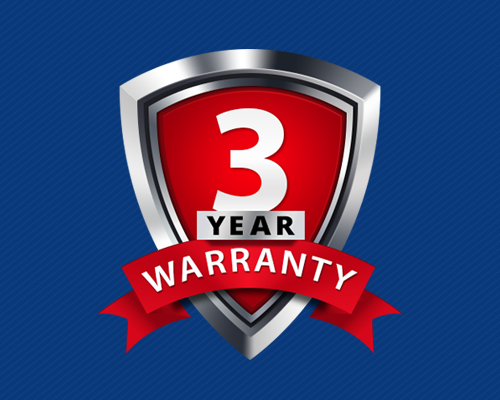Auto and Truck Belts and Hoses
The right time to replace timing belts:
Timing belts are considered wear items and should be checked according to the manufacturer’s recommended service schedule. Most manufacturers suggest replacing the belt between 60,000 to 105,000 miles. Check your owner’s manual or ask your Service Technician about the specific schedule for your vehicle. A broken timing belt will stop your car – instantly. It can also result in costly engine damage and inconvenience.
Free Running or Interference Engine?
An engine is either ‘interference” or ” free running” depending on its design. If the timing belt breaks in an interference engine, an open valve may be struck by a moving piston. This can result in serious damage and expensive repairs, and in some cases a new engine.
A “free running” engine design will not result in extensive engine damages should the timing belt fail. The motorist will still have to deal with the inconvenience of being stranded, the expense of towing, and the cost of timing belt replacement.
Tensioners and idlers are critical components that work hand-in-hand with the timing belt.
Tensioners and idlers work together to keep the timing belt properly tensioned. The timing belt system uses idlers and/or pulleys to either change the direction of the belt or transmit power to a component such as a water pump or oil pump.

Why replace tensioners and idlers?
Worn tensioners or idler pulley bearings are the leading causes of timing belth failures. Like timing belts, tensioners and idlers wear out. They need to be replaced before they fail.
When is the right time to replace tensioners and idlers?
Tensioner and idler wear is difficult to detect. Many tensioners that look okay may be at or near the end of their service life. In some cases, the newly installed timing belt may fail after a few thousand miles of the tensioner or idler is worn or loose.
Should timing-belt-driven water pumps be replaced?
You can save considerable expense by replacing your already high mileage water pump at the same time you have the timing belt replaced. In both cases the labor cost is a large part of the expense and the labor procedures are basically the same. Replacing all the components at the same time will result in big long-term cost savings.
Save money by asking for a timing system replacement
When you replace your timing belt, have you tensioners, idler and water pump changed at the same time because the additional cost is insignificant compared to the cost of accessing the timing belt. Your service technician ca do it right he first time because he doesn’t have to re-do all the labor again to replace the tensioner, idler and water pump. Your new timing belt will be p





